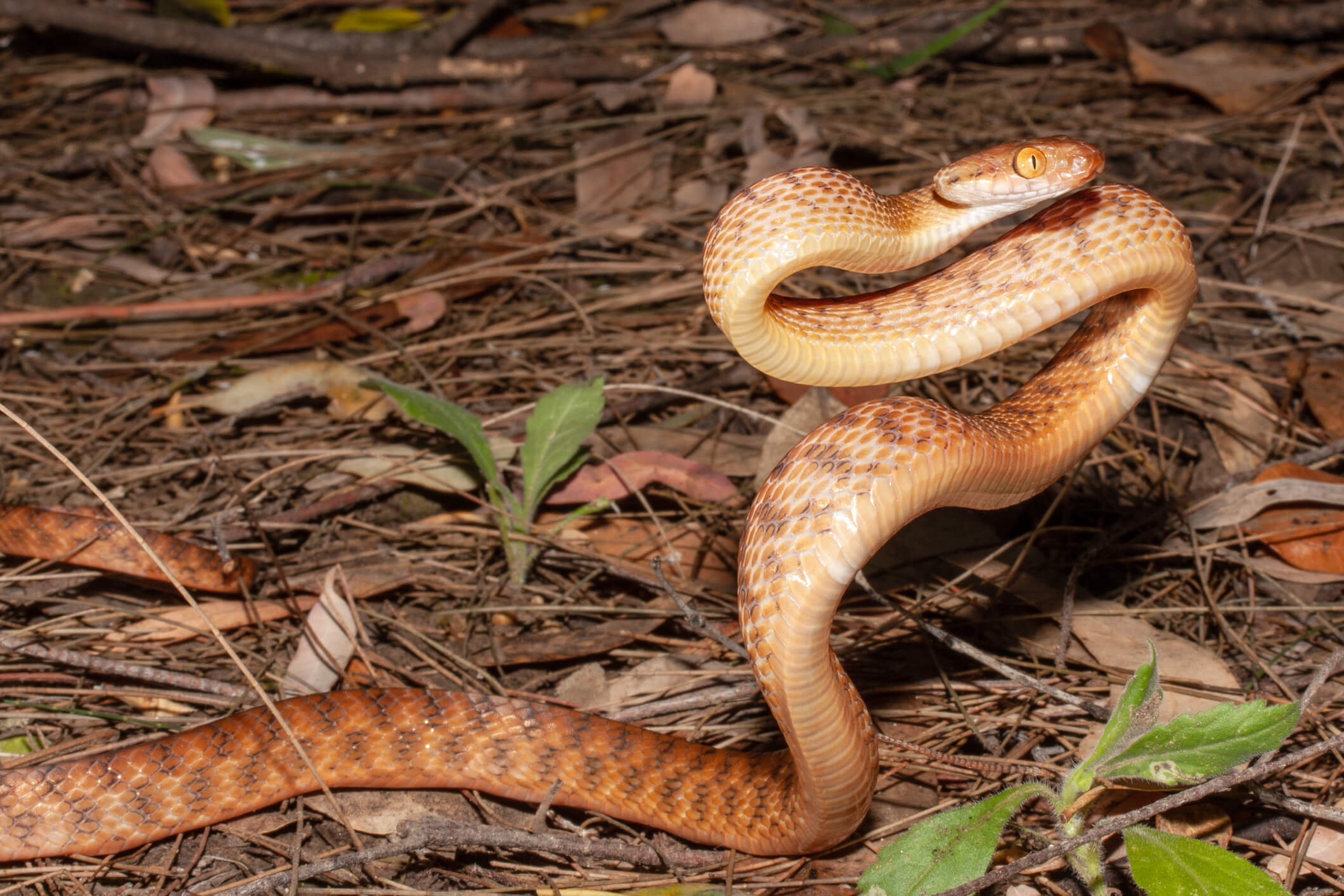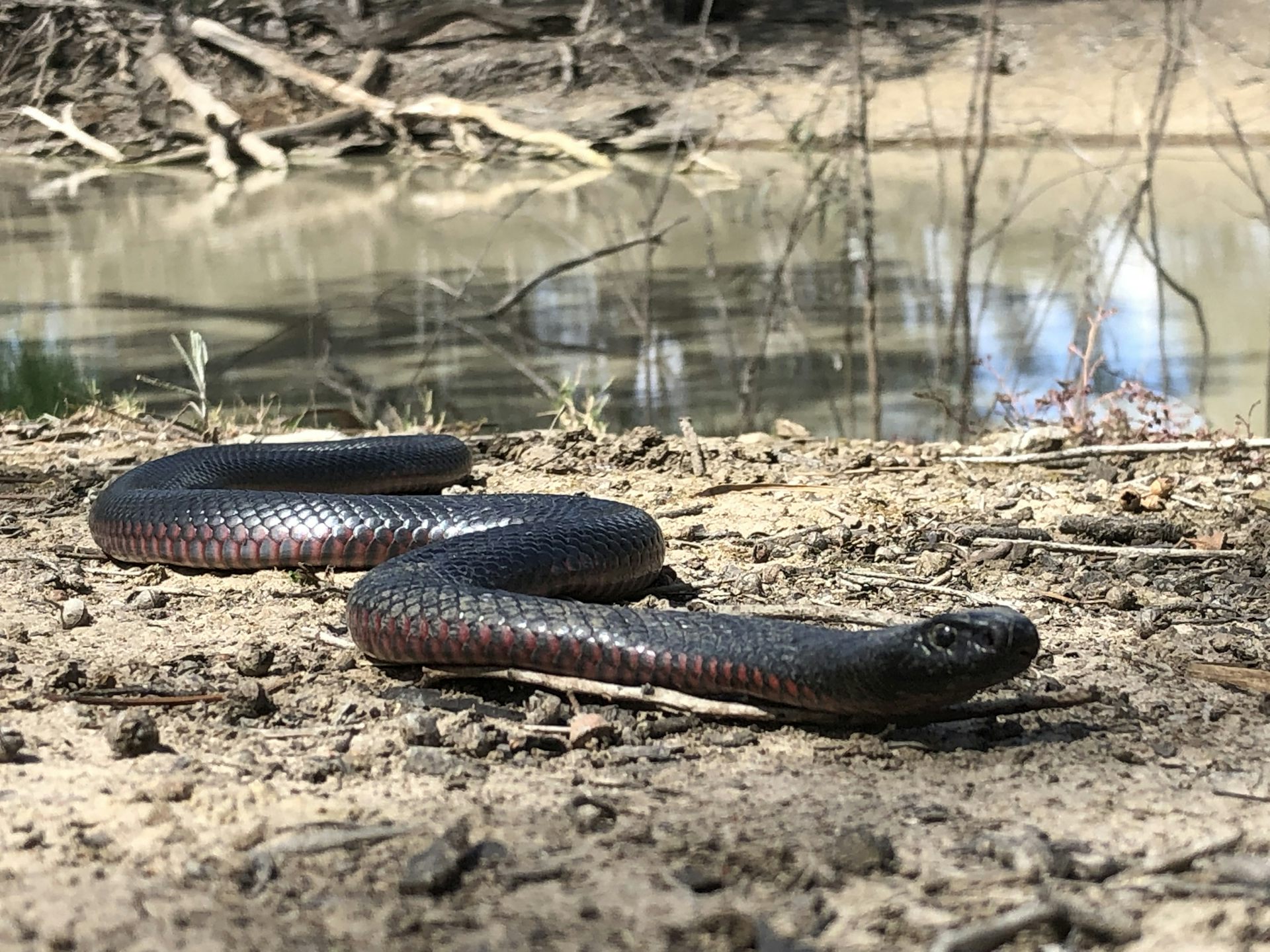Introduction
The Tasmanian tiger serpent, clinically known as Notechis scutatus, is just one of Australia's the majority of fascinating reptiles. Found mostly in Tasmania and its surrounding islands, this serpent has amassed attention not only for its striking look yet additionally for its intricate behavior and vital duty in the ecological community. This write-up will certainly explore the numerous elements of the Tasmanian tiger snake's habitat, behavior, makeup, and interactions with humans while offering necessary details about safety measures in instance of a serpent bite.
Whether you're a researcher, a wild animals enthusiast, or just somebody interested about these remarkable animals, this detailed guide guarantees to deliver understandings that are both insightful and interesting. So let's start this trip to recognize the Tasmanian tiger snake better!
First aid for snake biteThe Tasmanian Tiger Serpent: An Overview
Physical Features of the Tasmanian Tiger Snake
Tiger serpents are characterized by their unique coloration and patterns. They normally exhibit a mix of yellow or lotion stripes on a dark brown or black history-- therefore the name "tiger." Adult tiger snakes can mature to about 2.1 meters long, although most individuals average around 1.5 meters.
Key Features:

- Coloration: Varies from dark brown to olive green with lighter bands. Size: Grownups typically range from 1.2 to 2.1 meters. Head Shape: Distinctly broad with prominent eyes.
Distribution and Environment of the Tasmanian Tiger Snake
The Tasmanian tiger serpent predominantly lives in seaside regions, marshes, marshes, and meadows in Tasmania. It prospers in environments where it can easily accessibility water resources since it is usually discovered near streams or lakes.
Habitat Preferences:
- Wetlands: Ideal for searching prey like frogs and tiny mammals. Coastal Locations: Offers bountiful food resources. Grasslands: Provides cover and basking spots.
Understanding Tiger Serpent Behavior
Feeding Behaviors of the Tasmanian Tiger Snake
Tiger snakes are meat-eating and opportunistic feeders. Their diet plan consists mainly of frogs, fish, small creatures, and birds. They depend on their eager vision and swift movements for hunting.
Dietary Break down:
- Frogs: A main component due to abundance in wetland habitats. Fish: Frequently captured when swimming in superficial waters. Small Mammals: Periodically take advantage of rodents.
Breeding Behavior of the Tasmanian Tiger Snake
Tiger serpents have a remarkable reproductive cycle. Mating commonly happens in springtime after emerging from hibernation. Female tiger snakes bring to life live young as opposed to laying eggs, which is rather distinct amongst reptiles.
Reproductive Cycle:
- Mating Period: Springtime (September to November). Gestation Period: About 3 months. Litter Size: Ranges from 20 to 40 baby tiger snakes.
Aggression and Defense reaction of the Tasmanian Tiger Snake
Though they can be hostile when intimidated, tiger snakes often choose to pull away instead of face Differences between Australian taipans and brown snakes threat directly. Their primary defense mechanisms include attacking when collared or showing their dimension via hissing.
Defensive Strategies:
- Hissing Audio: A caution signal indicating distress. Bite Reaction: A last resort when retreat options are limited.
Are Tiger Snakes Venomous? Comprehending Their Venom
Venom Structure and Effects
Yes! The Tasmanian tiger serpent is poisonous. Its venom has neurotoxins that can cause major harm and even fatality if left without treatment. The results of a bite can consist of paralysis, swelling at the bite site, nausea, and various other systemic symptoms.
Venom Features:

- Neurotoxic Components: Impact nerve system functioning. Hemotoxic Effects: Can bring about tissue damage.
Common Signs and symptoms Adhering to a Tiger Serpent Bite
Recognizing signs promptly is important for efficient emergency treatment administration after a serpent bite:
- Severe pain at bite site Swelling Nausea or vomiting Difficulty breathing
First Help for Serpent Bites: What You Required to Know
Immediate Tips After a Tiger Snake Bite
In situation you experience a situation including a tiger snake bite, it's necessary to act promptly:
Call emergency solutions immediately. Keep the affected limb paralyzed in mind level. Remove tight apparel or jewelry around the bite site.Creating Your Snake Bite Emergency Treatment Kit
Having an appropriately equipped emergency treatment set can make all the difference throughout emergency situations:|Product|Function|| ------|---------|| Compression plaster|To immobilize arm or leg|| Splint|To stabilize injured location|| Disinfectant wipes|For cleaning injuries|
FAQs About the Tasmanian Tiger Snake
What do child tiger snakes eat?
Baby tiger serpents mainly feed on little bugs and amphibians until they grow big sufficient to search larger prey like frogs or small fish.
How harmful is a tiger serpent bite?
A tiger snake bite can be incredibly unsafe because of its potent venom; immediate clinical focus is vital for survival.
Where are eastern tiger snakes found?
Eastern tiger serpents occupy seaside regions across southeastern Australia but are less common than their Tasmanian counterparts.
What must I do if I see a tiger snake?
Maintain your distance; do not try to manage it unless you're educated to do so-- most attacks occur throughout efforts at capture or mishandling.
Can I endure without antivenom after being bitten?
While some individuals might survive without antivenom depending on various aspects such as health problems and time considered treatment; seeking instant medical assistance is always suggested as it dramatically increases survival chances.
Are there any specific precaution I must take while treking in Tasmania?
Always use sturdy boots, remain on marked death adder snake trails, prevent tall yard where exposure might be limited; acquaint yourself with regional wild animals before going out right into nature!
Conclusion
The Tajamanian tiger snake represents a crucial part of Australia's rich biodiversity landscape both ecologically as killers and culturally as symbols within Australian folklore. Comprehending their habitat preferences together with actions provides insight right into just how we can exist side-by-side safely while valuing wild animals borders-- remembering that awareness leads us in the direction of more secure journeys outdoors!
By staying educated regarding possible dangers such as envenomation from attacks while also taking preventive measures makes sure positive experiences when encountering these interesting creatures!
In verdict, whether you're intrigued by their striking appearance or astounded by their complex actions-- the Tasmanian tiger serpent unquestionably is entitled to recognition past mere fascination-- it envelops nature's beauty intertwined intricately within our ecosystems!
